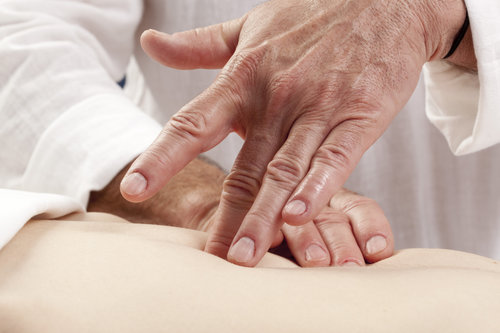
If you are one of the 31 million Americans currently struggling with a painful back condition, then you have probably tried some or all of the home remedies available to you. You may have tried hot or ice packs, resting it, and stretching, but like many people, that back pain keeps coming back. Your doctor may have even recommended some more extreme treatment options like opioid pain relievers or spinal cord stimulators.
If, however, you are reluctant to use some of these more risky therapies, and the chronic back pain treatments you have tried aren’t working well enough, then you might want to consider alternative treatments. Most of these alternative treatments have proven successful for some patients, but they may not have the body of scientific research to support them that conventional therapies might.
- Acupuncture—Originally a staple of Eastern medicine, acupuncture is becoming more accepted in the modern medical establishment. There are a growing number of studies suggesting that acupuncture can prove effective for back injuries. An astounding 22 studies found that there was a significant improvement in chronic back pain patients who used acupuncture, although the relief was usually only effective for a limited period of time. Researchers believe that insertion of tiny needles into specific points triggers the release of chemicals that modulate pain impulses or promote a sense of well-being.
- Medicinal marijuana—Quite a few states have approved the use of marijuana for medical purposes, and although there is considerable controversy regarding this controlled substance, many physicians are starting to recommend medicinal marijuana for some chronic back pain sufferers. One study found that marijuana has an anti-inflammatory property that helps relieve pain in patients with inflamed spinal discs.
- Exercise—Many people find relief from chronic back pain using yoga or tai chi. These low-impact forms of exercise not only produce natural pain relievers called endorphins due to the physical exertion, but also provide relief from stress that can exacerbate pain issues. Before you engage in a new exercise regime, consult with your doctor to determine what might be the best type for your back condition.
- Biofeedback—This form of cognitive training analyzes how you respond to pain and helps you find a coping mechanism that minimizes the discomfort. This may involve meditation and hypnosis depending on what method you find more amenable. You may find that you can relax tense muscles, reduce your heart rate and limit anxiety about your pain through biofeedback.
- Massage—For people who suffer from chronic back pain, there is often the secondary issue of muscle tension. This may become so bad that it becomes a health issue in itself requiring treatment. One of the most effective ways to treat back pain and muscle tension is through massage which loosens muscles, allowing better circulation. Following a massage session, you should feel more relaxed and experience improved performance of your nervous and lymphatic systems. Once again, discuss with your massage therapist any health conditions prior to the massage and alert them if you feel any discomfort.
______________________________________________________________________________________________________
Article written by: Dr. Robert Moghim– CEO/Founder Colorado Pain Care
M.D. Disclaimer: The views expressed in this article are the personal views of Robert Moghim, M.D. and do not necessarily represent and are not intended to represent the views of the company or its employees.



